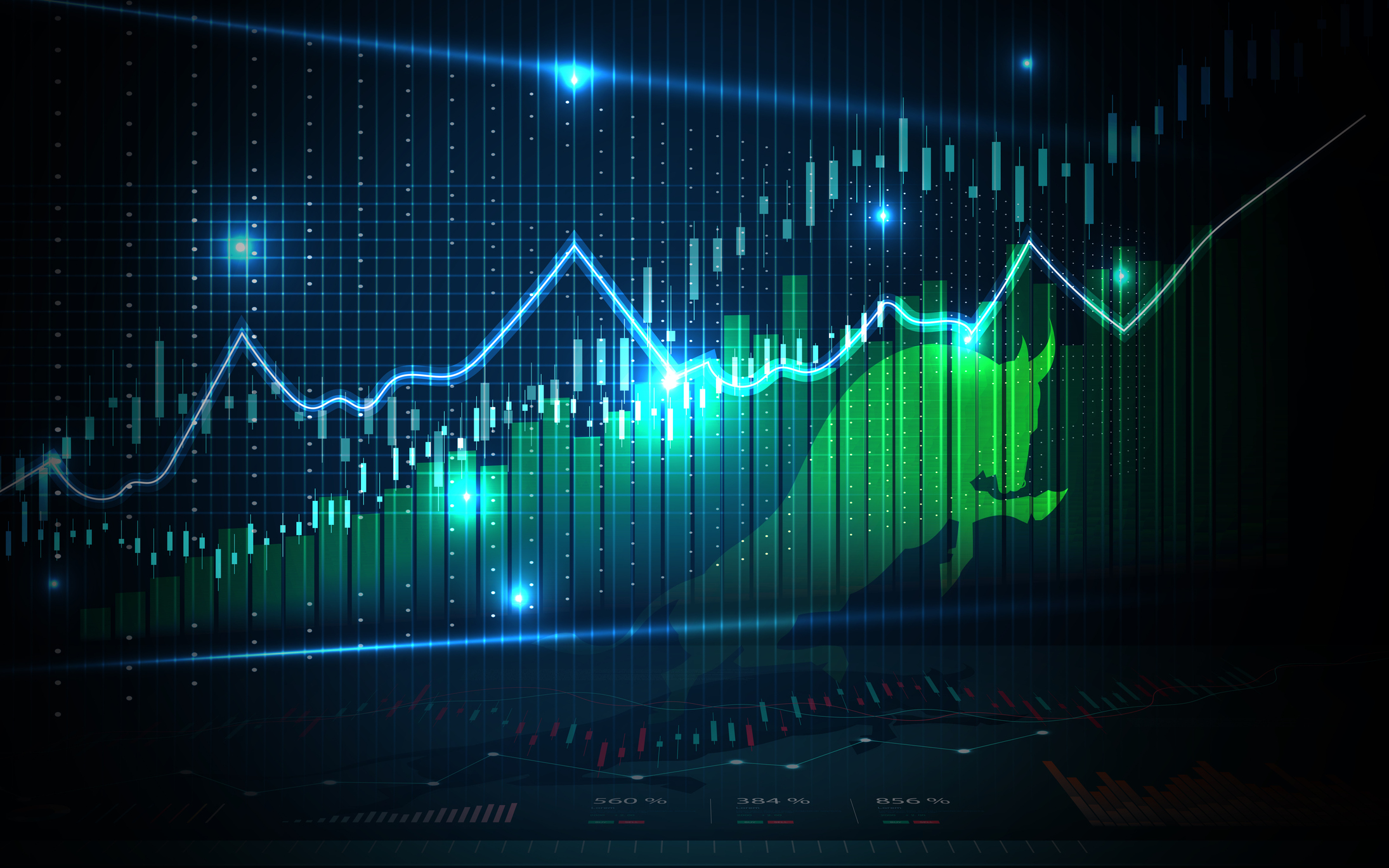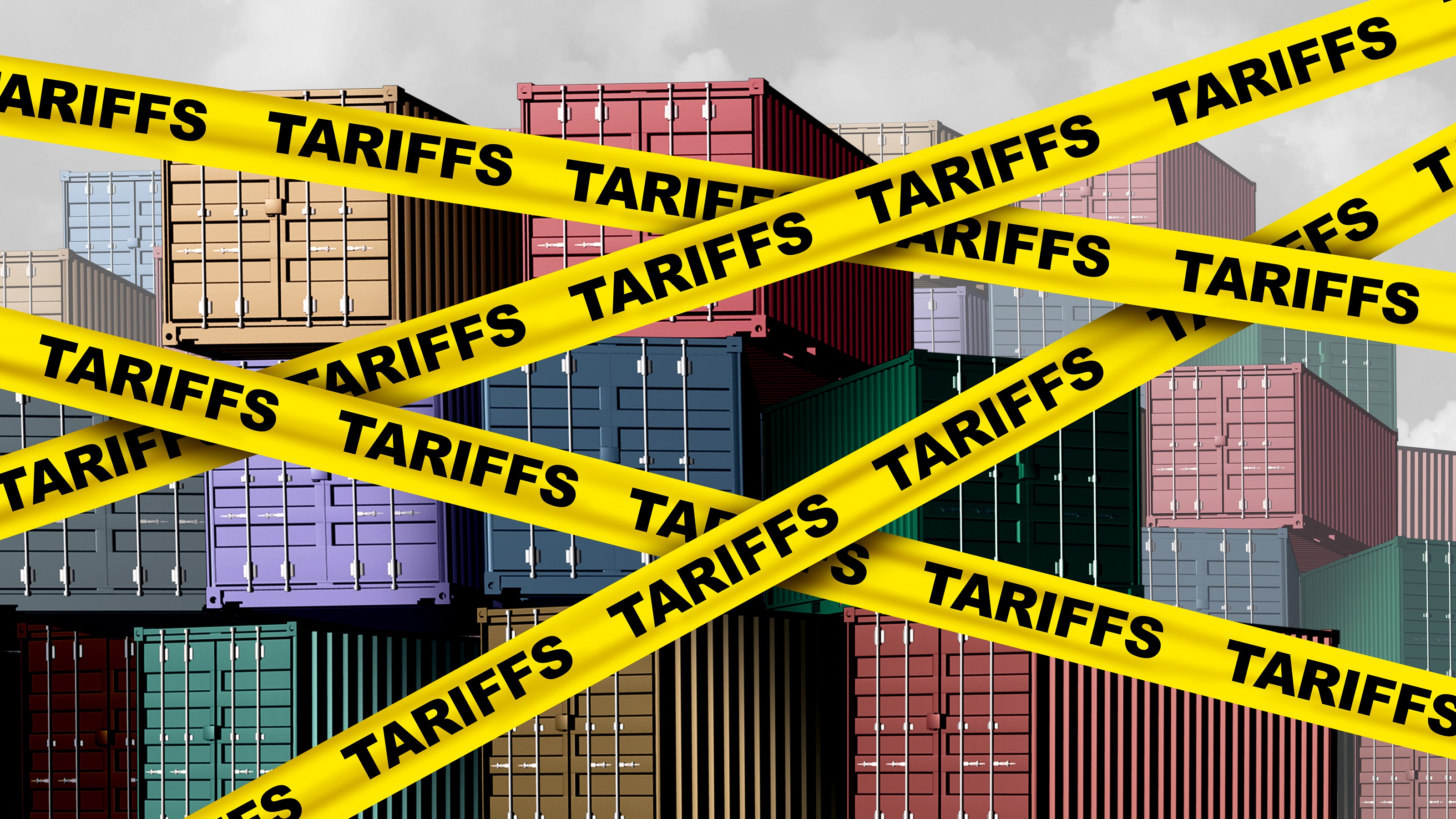Beware of Hidden Costs Lurking in Your Mutual Fund Portfolio!
Some investment fees are obvious, but you may not even be looking for them. Others are much tougher to spot. But it's well worth some detective work.


As an investment professional it pains me to write this: In the world of mutual fund investing, you don’t always get what you pay for. Often, you don’t even know how much you are paying.
When it comes to clothes, meals, hotels, cars and many other products and services, we are accustomed to paying more for higher quality. Unfortunately, that rule of thumb does not apply to investments.
All mutual funds charge fees. There’s nothing wrong with that. Managers need to get paid, and the funds incur costs as part of conducting business.

Sign up for Kiplinger’s Free E-Newsletters
Profit and prosper with the best of expert advice on investing, taxes, retirement, personal finance and more - straight to your e-mail.
Profit and prosper with the best of expert advice - straight to your e-mail.
However, some funds are more expensive than others. When new clients come to our firm, they generally own funds with high expense ratios. When I point this out, they sometimes ask if they are paying a higher fee for better performance. Sadly, that is often not the case.
Small increases in fund expense ratios can add up to big dollar differences in your returns over time. For example, let’s look at two funds: a $10,000 investment in a fund with a 2% expense ratio compared with the same $10,000 investment in a fund with a 0.5% expense ratio. If both have gains of 10% in a year, the fund with the higher expense would net $10,800 vs. $10,950 for the fund with lower expenses. That difference compounds over time.
It’s easy to find fund expense ratios on sites like Morningstar or Yahoo Finance. Here is an overview of some of the fees that funds might charge:
Management fees
This goes to the fund's portfolio manager. As of this writing, Superfund Managed Futures Strategy A (SUPRX) has one of the highest management fees in the fund universe at 3.28% according to the fund’s prospectus. LoCorr Dynamic Equity A (LEQAX) had fund expenses at 3.21% as stated in its prospectus. Fund companies can raise or lower the stated expense ratios from year to year, however, they tend to hover around the amounts stated in the prospectus.
Typically, funds that are passively managed charge lower management fees. This is because they track a basket of stocks. Vanguard and Dimensional Fund families have low internal expense ratios. The more expensive actively managed funds have a person or team of people attempting to pick the best investments. Despite the higher fees, they are not always successful at beating their benchmarks.
12b-1 fees
These fees are used to reward intermediaries for promoting a fund. In other words, it’s a commission. Be aware: A fee-only registered investment adviser cannot receive one of these commissions and is not incentivized to sell these products to unwitting clients. An adviser who is not obligated to act as a fiduciary can sell you these products loaded up with extra fees.
In case you were wondering, higher 12b-1 fees do not improve performance. More on fees and performance later. These fees average around 0.13%, so if you purchase $10,000 of a mutual fund with 12b-1 fees, that translates to $13 per /year. This is a yearly charge which can be distributed to the broker who sold the fund.
Redemption fees
To discourage trading, funds can charge a redemption fee to investors who sell shares. Redemption periods have a large range — commonly 30 days to a year — so be sure to understand if and how your fund assesses redemption fees before you buy (and especially before you sell). It’s a percentage of the value of the funds but can be no more than 2% as mandated by the SEC. The fee doesn’t go to the broker. Instead, it flows back into the mutual fund’s assets.
Load
A load is another sales charge that rewards an intermediary for distributing shares of a mutual fund. Loads can be front-end or back-end.
- Front-end loads are typically found in A-share classes. This sales charge occurs when the investor buys the fund, and it can be as high as 5.75% of the total investment! The money is typically passed on to the broker who sold you the fund.
- Back-end loads (aka deferred sales charges) are typically found in B-share classes. This charge occurs when the investor sells the fund and can be as high as 5%! The money goes to the broker selling the investment.
Always ask your adviser if you are paying one of these fees. Or, better yet, look it up yourself.
But wait, there’s more.
Funds with high turnover rates incur a host of “hidden” costs that are less transparent to investors. The two primary hidden costs are transaction fees and tax inefficiencies. Combined, they are the worst offenders in running up fund expenses.
UC Davis professor Roger Edelen and his co-researchers from the University of Virginia analyzed portfolio holdings and transaction data for 1,758 mutual funds from 1995 through 2006. Edelen found that transaction costs, or costs for trading securities within a fund, can be higher than the expense ratio. The fees can vary by asset class. For example, investors in small-cap growth funds pay an average of 3.17% in transaction costs, and large-cap value funds pay 0.84% per year.
Mutual funds are notoriously inefficient when it comes to taxes. Say you bought a mutual fund that currently holds a stock trading at $100 a share. Then the stock drops to $80, and the fund decides to sell that position. You just lost $20 on that holding, which should generate a tax write-off. However, if the mutual fund originally acquired the stock at $50, the fund must pay taxes on those profits. As an investor in the fund, you must share in that tax liability. According to a study by Morningstar, the average cost of mutual fund tax inefficiency is approximately 1.10% per year.
But wait, there’s STILL more.
Believe it or not, the higher the fees, the worse funds perform, according to another study by Morningstar. And that held true across asset classes. Intuitively it makes sense: The higher the fees, the bigger the hurdle the fund must overcome to outperform its competitors.
What about transaction costs and tax inefficiencies? A joint study in 2017 by Sherbrooke University, York University, and the University of Western Ontario examined 2,856 funds over the period from 1991 through 2012. The research revealed that high turnover predicts lower performance and higher volatility.
So, what should you do?
Just because some mutual funds charge exorbitant fees and underperform their benchmarks doesn’t mean you should give up on mutual funds. Several fund families, such as Dimensional Fund Advisors, Vanguard and BlackRock are popular among investors looking for affordable and efficient investments.
A quick and easy way to find information on expenses and hidden costs is the Morningstar website. When you search for a fund, you will see information about its expenses and turnover, in addition to basic data, such as its current price. The expense ratio is straightforward, combining the management fee, 12b-1 fees and other operating costs into one percentage for easy comparison.
More inquisitive investors can also look at turnover. As with expenses, a lower number is better. If the fund has 100% turnover, the fund replaces all its holdings over a 12-month period, which means higher transaction costs and taxes.
When choosing a fund, don’t simply look at past performance. Once you are sure the fund’s strategy aligns with your investment goals, risk tolerance, time horizon and overall asset mix, make sure you understand the fees being charged. Don’t you want more of your hard-earned money staying with you, rather than lining a someone else’s pockets?
Get Kiplinger Today newsletter — free
Profit and prosper with the best of Kiplinger's advice on investing, taxes, retirement, personal finance and much more. Delivered daily. Enter your email in the box and click Sign Me Up.

I'm the CEO of Better Money Decisions (B$D) and co-author of the blog Better Financial Decisions. As a principal of B$D, I'm excited to continue my long career as an investment professional. Living and working in places as diverse as Saudi Arabia and Budapest, Hungary, has given me a unique perspective on the world of investing. My book, "Bozos, Monsters and Whiz-Bangs: Bad Advice from Financial Advisors and How to Avoid It!" is an insider's guide to finding the right adviser.
-
 Stock Market Today: Trump Retreats, Markets Rejoice
Stock Market Today: Trump Retreats, Markets RejoiceStocks rally, yields soften, the dollar rises, and even beaten-down names enjoy the wages of potential trade peace.
By David Dittman
-
 In Trump’s Economy Should 401(k) Savers 'Set It and Forget It?'
In Trump’s Economy Should 401(k) Savers 'Set It and Forget It?'It’s hard to bury your head in the sand when the markets are volatile. Here’s when it makes sense and when it doesn’t.
By Donna Fuscaldo
-
 Bouncing Back: New Tunes for Millennials Trying to Make It
Bouncing Back: New Tunes for Millennials Trying to Make ItAdele's mournful melodies kick off this generation's financial playlist, but with the right plan, Millennials can finish strong.
By Alvina Lo
-
 Early-Stage Startup Deals: How Do Convertible Notes Work?
Early-Stage Startup Deals: How Do Convertible Notes Work?Some angel investors support early startups by providing a loan in exchange for a convertible note, which includes annual interest and a maturity date.
By Murat Abdrakhmanov
-
 SRI Redefined: Going Beyond Socially Responsible Investing
SRI Redefined: Going Beyond Socially Responsible InvestingNow that climate change has progressed to a changed climate, sustainable investing needs to evolve to address new demands of resilience and innovation.
By Peter Krull, CSRIC®
-
 Here's When a Lack of Credit Card Debt Can Cause You Problems
Here's When a Lack of Credit Card Debt Can Cause You ProblemsUsually, getting a new credit card can be difficult if you have too much card debt, but this bank customer ran into an issue because he had no debt at all.
By H. Dennis Beaver, Esq.
-
 Going to College? How to Navigate the Financial Planning
Going to College? How to Navigate the Financial PlanningCollege decisions this year seem even more complex than usual, including determining whether a school is a 'financial fit.' Here's how to find your way.
By Chris Ebeling
-
 Financial Steps After a Loved One's Alzheimer's Diagnosis
Financial Steps After a Loved One's Alzheimer's DiagnosisIt's important to move fast on legal safeguards, estate planning and more while your loved one still has the capacity to make decisions.
By Thomas C. West, CLU®, ChFC®, AIF®
-
 How Soon Can You Walk Away After Selling Your Business?
How Soon Can You Walk Away After Selling Your Business?You may earn more money from the sale of your business if you stay to help with the transition to new management. The question is, do you need to?
By Evan T. Beach, CFP®, AWMA®
-
 Two Don'ts and Four Dos During Trump's Trade War
Two Don'ts and Four Dos During Trump's Trade WarThe financial rules have changed now that tariffs have disrupted the markets and created economic uncertainty. What can you do? (And what shouldn't you do?)
By Maggie Kulyk, CRPC®, CSRIC™